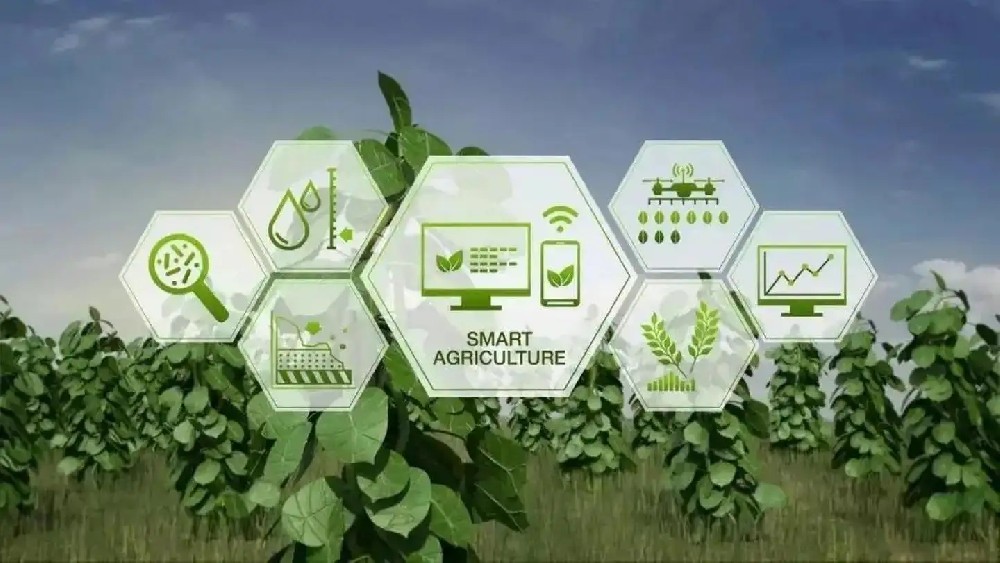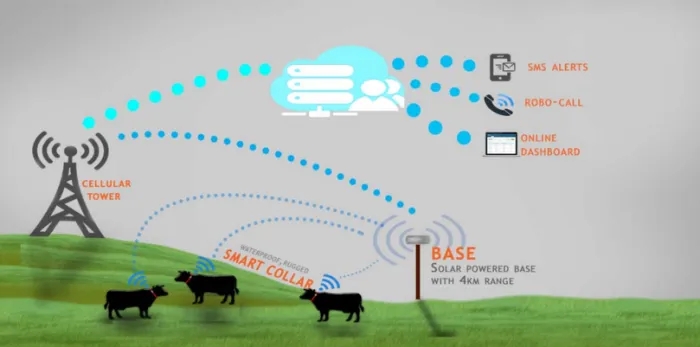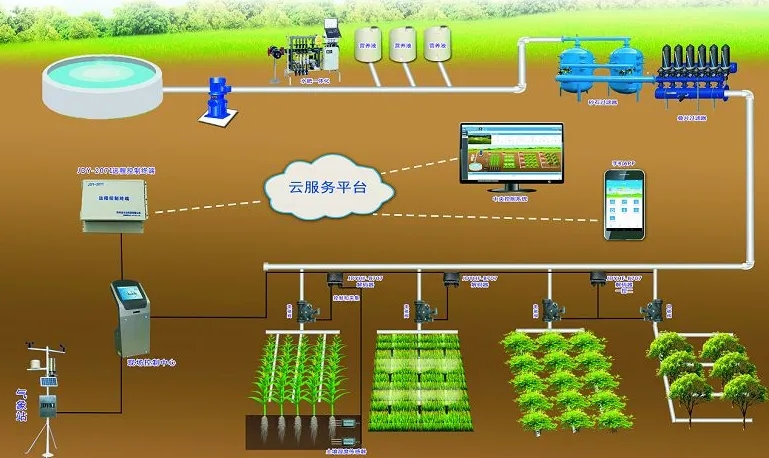

— Blogs —
—Products—
 Consumer hotline +8618073152920
Consumer hotline +8618073152920 WhatsApp:+8615367865107
Address:Room 102, District D, Houhu Industrial Park, Yuelu District, Changsha City, Hunan Province, China
Product knowledge
Time:2022-09-14 21:32:32 Popularity:930
What are the structural components of the Agricultural Internet of Things?
The agricultural IoT architecture can be divided into three layers: perception layer, transmission layer and application layer.
Perception layer: Use various sensors, such as temperature and humidity sensors, light sensors, carbon dioxide sensors, wind direction sensors, wind speed sensors, rainfall sensors, soil temperature and humidity sensors, etc. to obtain various information about plants. The perception layer is the source of the Internet of Things to identify objects and collect information.

The transport layer is composed of various networks, including the Internet, radio and television networks, network management systems, and cloud computing platforms.
The application layer is the interface between the Internet of Things and users. It combines with the needs of the industry to realize the intelligent application of the Internet of Things. Real-time plant growth environment information is obtained according to Wireless Sensor Networks (WSN). Such as temperature and humidity, lighting parameters, etc., collect the data of each node, store and manage the information of the entire test point, and control the automatic irrigation, fertilization, spraying, cooling and lighting according to various information. Automatic alarm for abnormal information. Adding cameras can monitor each greenhouse and the entire park in real time.

What are the functions of agricultural IoT?
1. Real-time monitoring function
Collect real-time data such as air temperature, air humidity, carbon dioxide, light, soil moisture, soil temperature, outside temperature and wind speed in the greenhouse (greenhouse) through sensing equipment; transmit the data to the service management platform through the mobile communication network. The management platform analyzes and processes the data.
2. Remote control function
For the greenhouses with better conditions, electromechanical equipment such as electric roller shutters, exhaust fans, and electric irrigation systems are installed, which can realize remote control functions. Farmers can log in to the system through their mobile phones or computers to control the switches of water valves, exhaust fans, and roller shutters in the greenhouse; they can also set control logic, and the system will automatically turn on or off roller shutters, water valves, and fans according to internal and external conditions. And other greenhouse mechanical and electrical equipment.

3. Query function
After logging in to the system with a mobile phone or computer, farmers can inquire about various environmental parameters, historical temperature and humidity curves, historical mechanical and electrical equipment operation records, historical photos and other information in the greenhouse (greenhouse) in real time; after logging in to the system, they can also inquire about local agricultural policies , market conditions, supply and demand information, expert notices, etc., to achieve targeted comprehensive information services.
4. Warning function
The warning function needs to set the upper and lower limit values suitable for the conditions in advance, and the set value can be modified according to the changes of crop types, growth cycles and seasons. When a certain data exceeds the limit, the system immediately sends a warning message to the corresponding farmers, prompting farmers to take timely measures.
Prev:Principles of Agricultural Internet of Things
Next:Principle and product introduction of wind speed sensor
Related recommendations
Sensors & Weather Stations Catalog
Agriculture Sensors and Weather Stations Catalog-NiuBoL.pdf
Weather Stations Catalog-NiuBoL.pdf
Related products
 Combined air temperature and relative humidity sensor
Combined air temperature and relative humidity sensor Soil Moisture Temperature sensor for irrigation
Soil Moisture Temperature sensor for irrigation Soil pH sensor RS485 soil Testing instrument soil ph meter for agriculture
Soil pH sensor RS485 soil Testing instrument soil ph meter for agriculture Wind Speed sensor Output Modbus/RS485/Analog/0-5V/4-20mA
Wind Speed sensor Output Modbus/RS485/Analog/0-5V/4-20mA Tipping bucket rain gauge for weather monitoring auto rainfall sensor RS485/Outdoor/stainless steel
Tipping bucket rain gauge for weather monitoring auto rainfall sensor RS485/Outdoor/stainless steel Pyranometer Solar Radiation Sensor 4-20mA/RS485
Pyranometer Solar Radiation Sensor 4-20mA/RS485
Screenshot, WhatsApp to identify the QR code
WhatsApp number:+8615367865107
(Click on WhatsApp to copy and add friends)